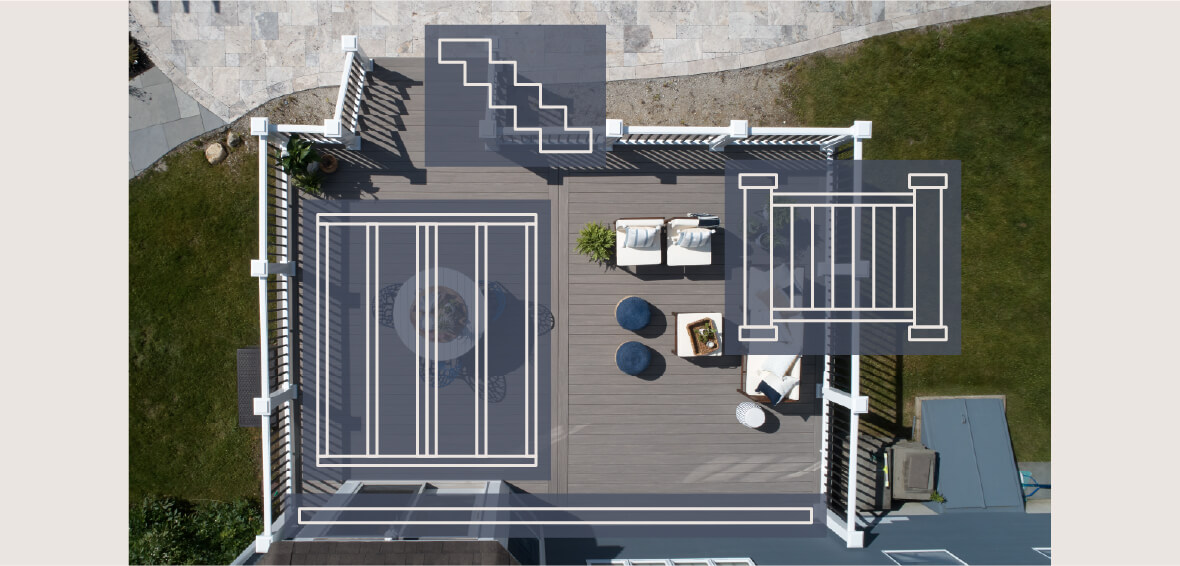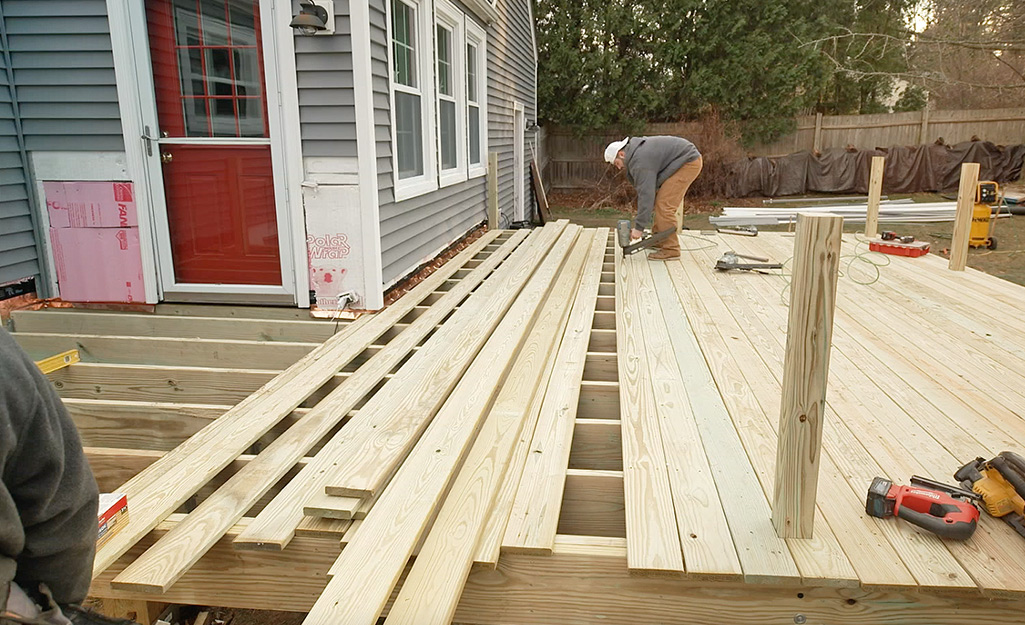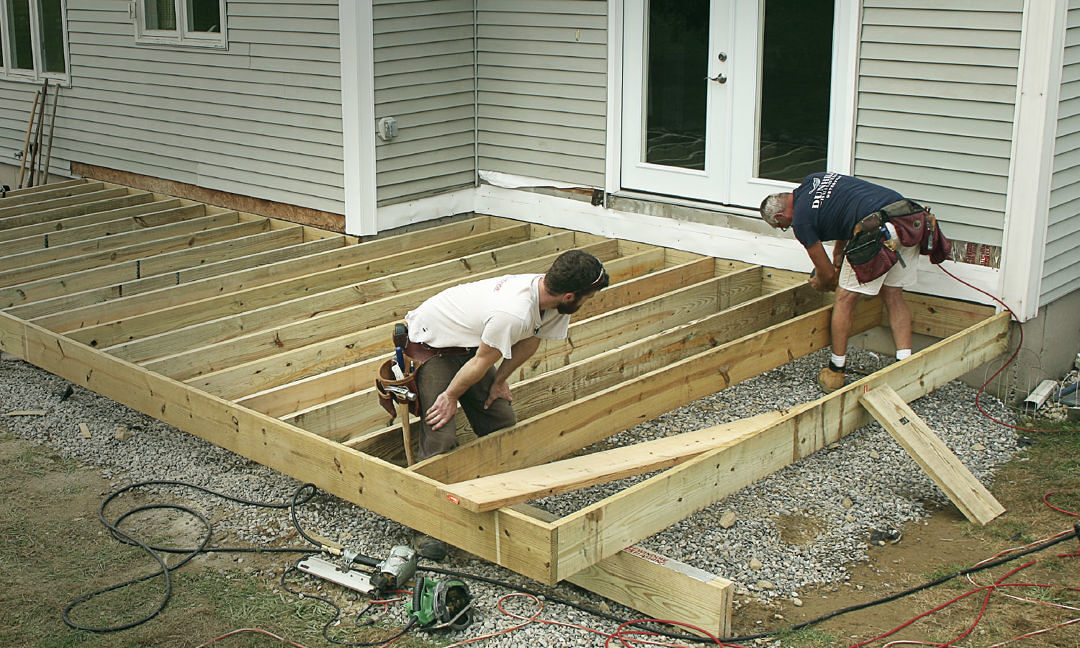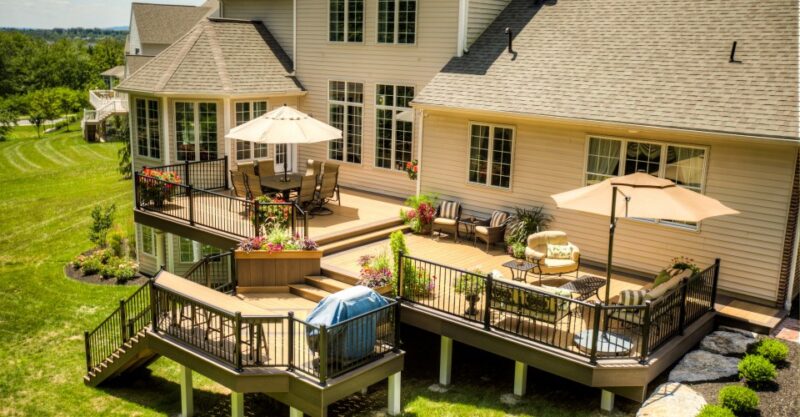For homeowners, deck building regulations can be a tricky and complex subject. As the demand for outdoor living spaces increases, so do the rules and regulations that govern this type of construction.
But with some knowledge about local building codes and best practices in deck design, any homeowner can build a safe and beautiful deck that is structurally sound and compliant with all applicable laws. In this article, we will explore what every homeowner needs to know when it comes to understanding these important rules for constructing decks on their property.
Understanding Local Regulations

Understanding local regulations for deck building is an important task for any homeowner. With the right information, you can ensure that your project meets all relevant safety and zoning requirements.
It’s essential to research the specific laws in your locality before starting a deck project so that it complies with local standards. In some areas, decks may need to be built a certain distance from property lines or at least meet certain size restrictions.
Furthermore, there may be additional rules regarding the use of materials or required inspections by governing authorities before construction commencement. Taking time to understand and follow these regulations will help protect both yourself and those around you while also avoiding costly mistakes down the line due to non-compliance with applicable codes.
Designing a Safe and Durable Deck Structure

Constructing a safe and durable deck structure is essential for any homeowner looking to build an outdoor living area. It requires careful planning and attention to detail, as well as the use of quality materials that are built to last against the elements. Deck building regulations depend on the local municipality codes, which vary from place to place; however, there are some universal rules that all homeowners should adhere to to create a safe space.
First of all, it is important to ensure that your deck is securely attached at each corner post and middle support beam so that it does not collapse or shift over time due to wind or other forces. Furthermore, when selecting materials for your deck you should make sure they are weather-resistant such as treated wood or composite material designed specifically for decks.
Additionally, railings must be installed around the perimeter of your deck with adequate spacing between balusters so small children cannot slip through them and fall off the edge. Finally, non-slip surfaces should be used on both stairs and landings for added safety measures.
By following these guidelines when designing a safe and durable deck structure every homeowner can have peace of mind knowing their outdoor living area was constructed according to code requirements without compromising safety standards
Best Practices for Deck Construction Methods

When it comes to deck construction methods, there are a few best practices every homeowner should adhere to. First and foremost, it’s important to follow your local regulations when constructing a deck; failure to do so may result in costly fines or worse.
Additionally, all decks must be built with materials that have been approved by the building code authority of your jurisdiction. Some of the most common decking materials include treated lumber, composite wood planking, PVC boards, and aluminum planks.
When selecting which material is right for you, consider factors such as budget, desired aesthetics, and how much maintenance is required over time. Its also important to ensure proper spacingIt’sIt’sIt’sIt’stween floor joists while building your deck; this will help create a sturdy base that can support the weight without compromising safety or structural integrity.
Joist spacing should generally not exceed 16 inches on center (OC) unless specified otherwise by an engineer or inspector from the local building department. Additionally, each beam must be adequately supported by posts at least 4 feet apart — 6 feet apart if youre using heavier-duty lumber like pressure-treated pine — along with adequate footings below ground level for additional stability and strength.
Finally, before beginning any type of construction project make sure you obtain all necessary permits beforehand from your local municipality; failure to do so may lead not only to hefty fines but could potentially void any insurance claims resulting from damages caused during installation due to noncompliance with established codes and ordinances
Conclusion

Building a deck can be an exciting and rewarding process, but it is important to ensure that you are following all the necessary regulations when constructing your home’s outdoor space. Deck building regulations vary by city and state, so it is always best to check with your local municipality before beginning any project. Common regulations may include obtaining permits, meeting certain size or height restrictions, maintaining the structural integrity of the deck frame and railings, using approved materials for construction such as pressure-treated wood or composite material, and ensuring proper anchoring methods are used for safety.
Although there may be many rules to follow to build a safe and attractive deck for your home, being informed of all applicable requirements will help you get the most out of this worthwhile investment while ensuring compliance with local laws.


